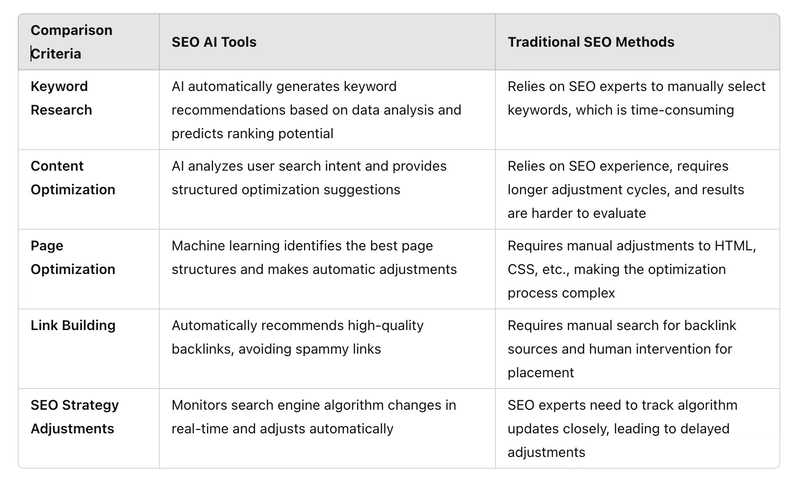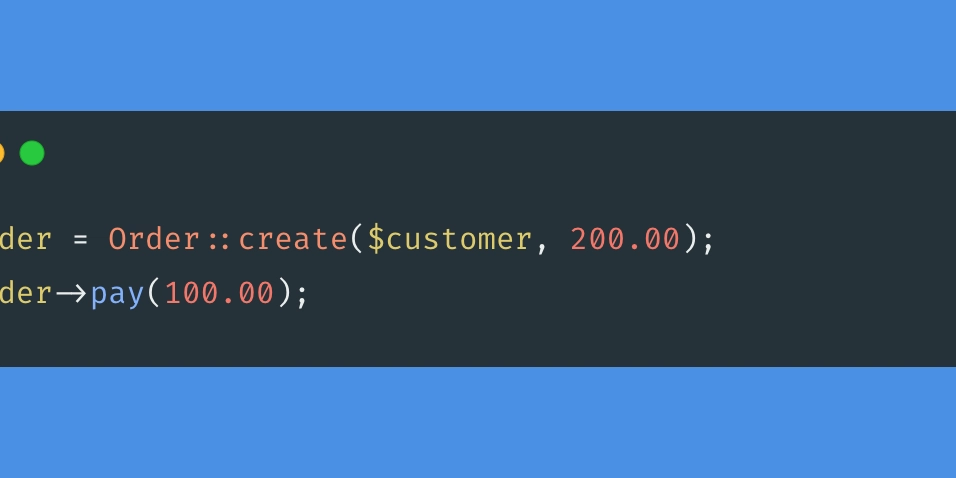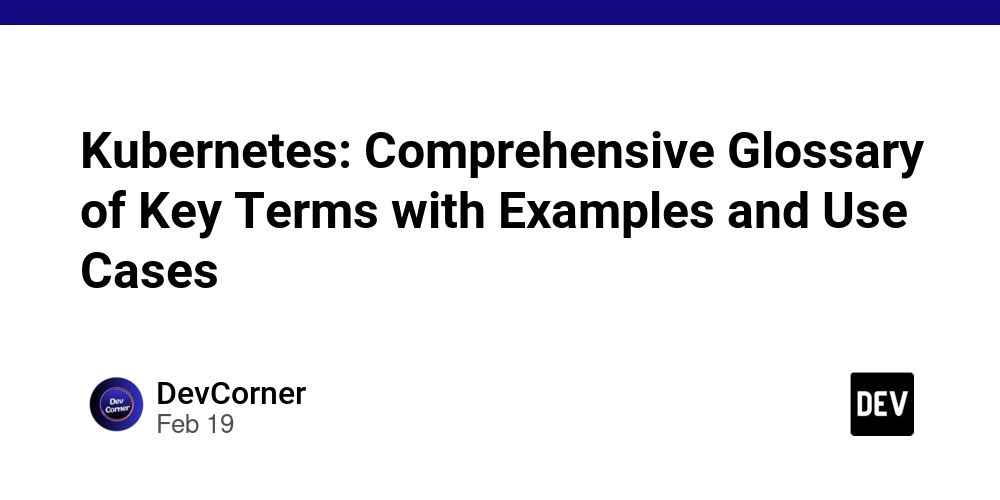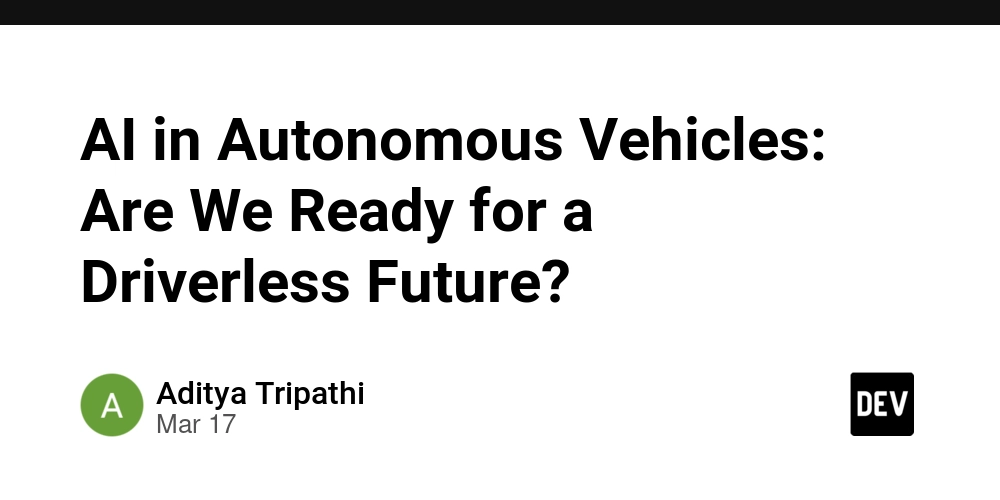The Logic of Automated Optimization Algorithms in SEO AI Tools and Their Comparison with Traditional Methods
Introduction SEO has come a long way—from manually tweaking websites to relying on AI-powered tools that do the heavy lifting. Search engines keep evolving, and keeping up with them isn’t easy. That’s where SEO AI tools come in, making optimization faster, smarter, and way more efficient. In this article, we’ll break down how these tools work, their automated optimization logic, and how they stack up against traditional SEO methods. The Logic of Automated Optimization Algorithms in SEO AI Tools 2.1 Data Collection and Analysis SEO AI tools utilize big data technology to collect information from multiple sources, including search engines, website logs, and competitor websites. The key data collected includes: Keyword Data: Search volume, competition level, relevance, etc. Website Structure: Page hierarchy, internal link distribution, URL optimization User Behavior: Bounce rate, dwell time, click-through rate Search Engine Feedback: Ranking changes, indexing status, crawl frequency 2.2 Machine Learning and Pattern Recognition After acquiring the data, SEO AI tools analyze it using machine learning algorithms to identify optimization patterns. For example: Keyword Optimization: Using NLP (Natural Language Processing) technology to analyze keyword semantics and recommend the optimal keyword combinations Content Optimization: Suggesting the best content structure and writing style based on user search intent Page Structure Optimization: Analyzing user behavior data to optimize website architecture and enhance user experience Link Building Optimization: Identifying high-quality backlink sources through social media, industry websites, etc., and automatically recommending or creating backlinks 2.3 Real-time Adjustments and Optimization Strategies SEO AI tools adopt adaptive learning mechanisms to adjust optimization strategies in real-time: Algorithm Monitoring: Tracking search engine algorithm updates and automatically adapting SEO strategies Competitor Analysis: Continuously monitoring competitor optimization tactics to refine one's strategy User Feedback Optimization: Adjusting content presentation based on user behavior to increase engagement SEO AI Tools vs. Traditional SEO Methods Conclusion At the end of the day, AI-powered SEO tools are game-changers. They take the guesswork out of optimization, making things faster and more precise. Compared to traditional methods, AI tools can adapt on the fly, keeping up with ever-changing search engine algorithms and helping sites maintain strong rankings. As technology keeps advancing, AI-driven SEO tools will only get smarter, offering even deeper insights and better optimization strategies. If you’re in the SEO game, understanding how AI works isn’t just a bonus—it’s going to be essential for staying ahead of the competition.

- Introduction
SEO has come a long way—from manually tweaking websites to relying on AI-powered tools that do the heavy lifting. Search engines keep evolving, and keeping up with them isn’t easy. That’s where SEO AI tools come in, making optimization faster, smarter, and way more efficient. In this article, we’ll break down how these tools work, their automated optimization logic, and how they stack up against traditional SEO methods.
- The Logic of Automated Optimization Algorithms in SEO AI Tools
2.1 Data Collection and Analysis
SEO AI tools utilize big data technology to collect information from multiple sources, including search engines, website logs, and competitor websites. The key data collected includes:
Keyword Data: Search volume, competition level, relevance, etc.
Website Structure: Page hierarchy, internal link distribution, URL optimization
User Behavior: Bounce rate, dwell time, click-through rate
Search Engine Feedback: Ranking changes, indexing status, crawl frequency
2.2 Machine Learning and Pattern Recognition
After acquiring the data, SEO AI tools analyze it using machine learning algorithms to identify optimization patterns. For example:
Keyword Optimization: Using NLP (Natural Language Processing) technology to analyze keyword semantics and recommend the optimal keyword combinations
Content Optimization: Suggesting the best content structure and writing style based on user search intent
Page Structure Optimization: Analyzing user behavior data to optimize website architecture and enhance user experience
Link Building Optimization: Identifying high-quality backlink sources through social media, industry websites, etc., and automatically recommending or creating backlinks
2.3 Real-time Adjustments and Optimization Strategies
SEO AI tools adopt adaptive learning mechanisms to adjust optimization strategies in real-time:
Algorithm Monitoring: Tracking search engine algorithm updates and automatically adapting SEO strategies
Competitor Analysis: Continuously monitoring competitor optimization tactics to refine one's strategy
User Feedback Optimization: Adjusting content presentation based on user behavior to increase engagement
- SEO AI Tools vs. Traditional SEO Methods
- Conclusion
At the end of the day, AI-powered SEO tools are game-changers. They take the guesswork out of optimization, making things faster and more precise. Compared to traditional methods, AI tools can adapt on the fly, keeping up with ever-changing search engine algorithms and helping sites maintain strong rankings.
As technology keeps advancing, AI-driven SEO tools will only get smarter, offering even deeper insights and better optimization strategies. If you’re in the SEO game, understanding how AI works isn’t just a bonus—it’s going to be essential for staying ahead of the competition.









































































































































































![[The AI Show Episode 142]: ChatGPT’s New Image Generator, Studio Ghibli Craze and Backlash, Gemini 2.5, OpenAI Academy, 4o Updates, Vibe Marketing & xAI Acquires X](https://www.marketingaiinstitute.com/hubfs/ep%20142%20cover.png)



























































































































![[FREE EBOOKS] The Kubernetes Bible, The Ultimate Linux Shell Scripting Guide & Four More Best Selling Titles](https://www.javacodegeeks.com/wp-content/uploads/2012/12/jcg-logo.jpg)



![From drop-out to software architect with Jason Lengstorf [Podcast #167]](https://cdn.hashnode.com/res/hashnode/image/upload/v1743796461357/f3d19cd7-e6f5-4d7c-8bfc-eb974bc8da68.png?#)






































































































.png?#)




.jpg?#)
































_Christophe_Coat_Alamy.jpg?#)








































































































![Rapidus in Talks With Apple as It Accelerates Toward 2nm Chip Production [Report]](https://www.iclarified.com/images/news/96937/96937/96937-640.jpg)








































































































































